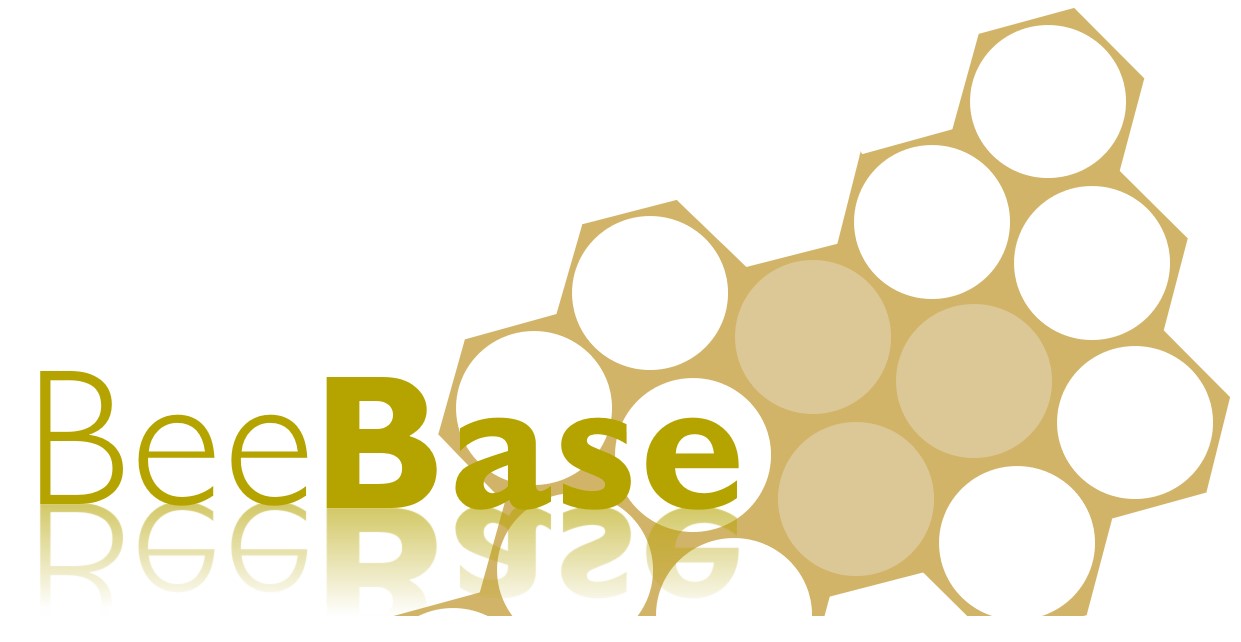The term ‘foulbrood’ covers two diseases of honey bee larvae; American foulbrood (AFB) and European foulbrood (EFB). Both of these diseases occur in the UK. American foulbrood is considered the most destructive brood disease, while European foulbrood is the most widespread. Both AFB and EFB are subject to statutory controls in the UK.
The Bee Diseases and Pests Control (England) Order 2006 (SI 2006 No 342), empowers the Department for Environment, Food and Rural Affairs (Defra) to take measures to control both diseases in England. There are separate Orders in Wales, Scotland and Northern Ireland.
American foulbrood
American Foulbrood is caused by a spore forming bacterium called Paenibacillus larvae. These spores are the infective stage of the disease and infection begins when food contaminated with spores are fed to larvae by the nurse bees. Once in the gut of the larva the spores germinate, bacteria move into the larval tissues, where they multiply quickly. Infected larvae normally die after the cell is sealed and millions of infective spores form in the larval remains. P. larvae spores remain viable for many years and are very resistant to extremes of temperature and to many disinfectants.

European foulbrood
European Foulbrood is caused by the bacterium Melissococcus plutonius. Larvae become infected by consuming contaminated food fed by the nurse bees. The bacteria multiply within the larval gut, competing with it for food. They remain in the gut and do not invade larval tissue; larvae that die from the disease do so because they have been starved of food. This normally occurs shortly before the cells are capped.

If you suspect that you have Foulbrood, you must contact us or your local Inspector.
Further Information
- For detailed information on EFB and AFB, please read our Foulbrood disease of honey bees and other common brood disorders advisory leaflet
- Presentation on European foulbrood created by Fera Science Ltd, presented by Kirsty Stainton
- More information is available on the World Organisation for Animal Health (WOAH) chapters for AFB and EFB
- For more information on cleaning your hives and other equipment, please see the NBU fact sheet on Hive Cleaning and for more information on general apiary hygiene for the prevention of bee diseases, please view our fact sheet on Apiary hygiene
- Information on the statutory inspection programme can be found on the Statutory Apiary inspections pages
